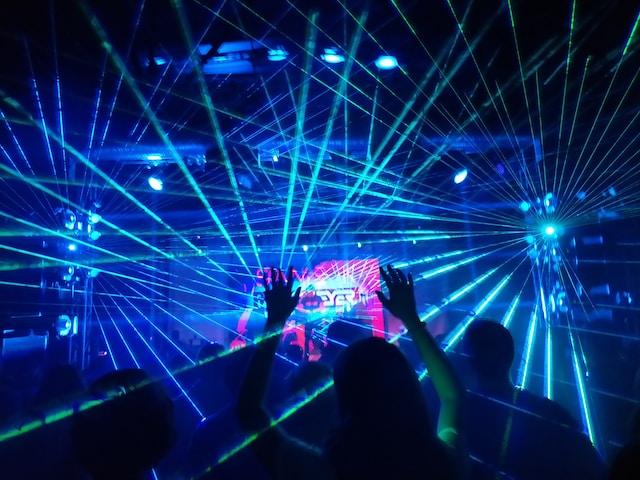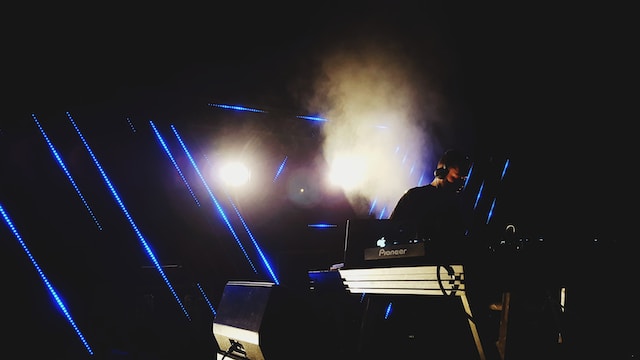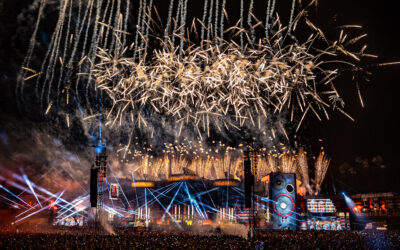EDM Evolution: From House to Techno to Dubstep
House Music


Techno
One of the pioneers of techno was Juan Atkins, who released a number of influential tracks under the name Cybotron in the early 1980s. Other artists soon followed, including Derrick May and Kevin Saunderson, who founded the record label Detroit Techno Records. Techno quickly spread beyond Detroit, and by the early 1990s, it had become a global phenomenon, with clubs and festivals dedicated to the genre popping up all over the world.

Dubstep
The Future of EDM
Conclusion
From its humble origins in Chicago and Detroit to its current status as a global phenomenon, EDM has come a long way over the past few decades. Each subgenre of EDM has its own unique sound and style, but they are all united by a love of electronic music and a passion for dancing and celebration.



